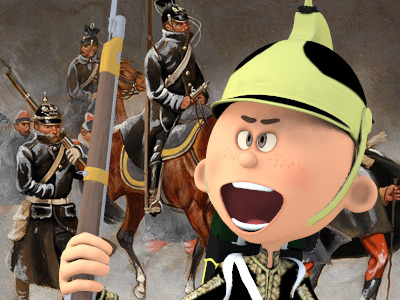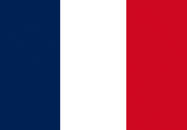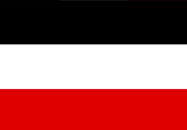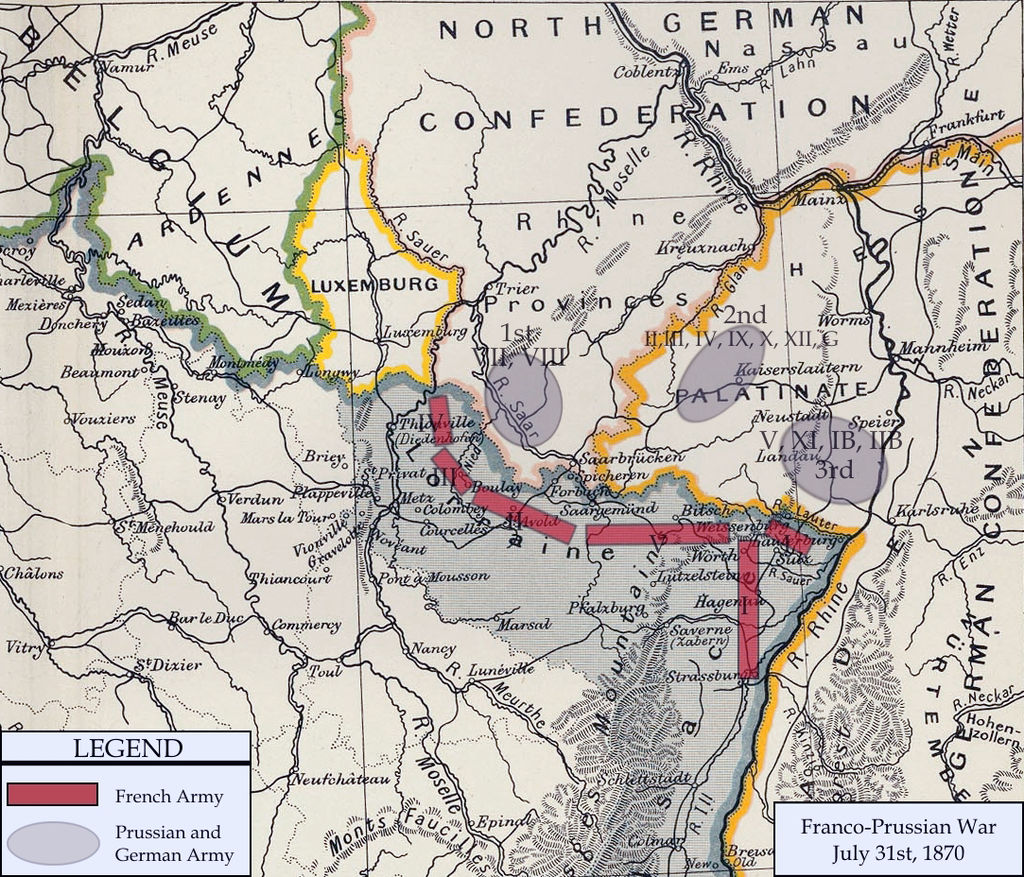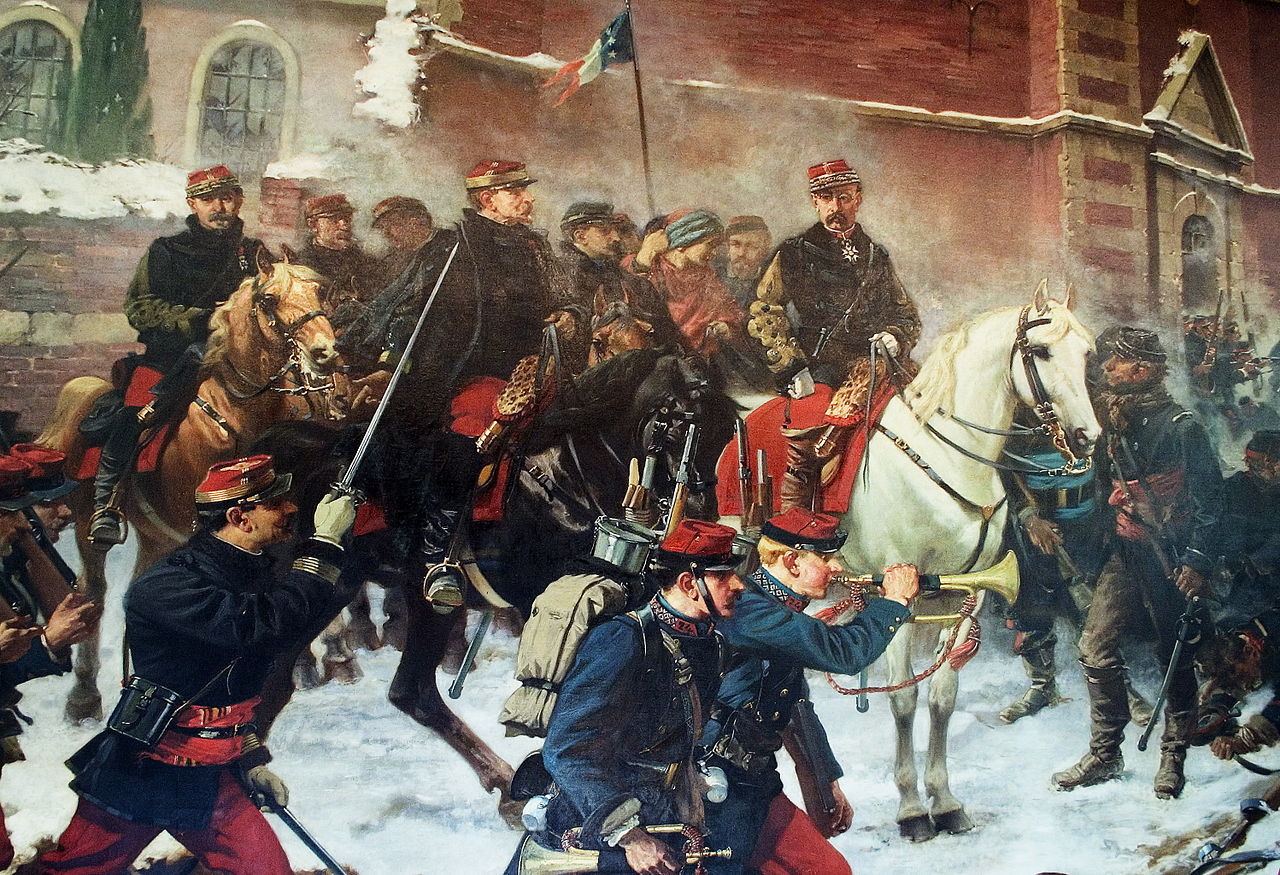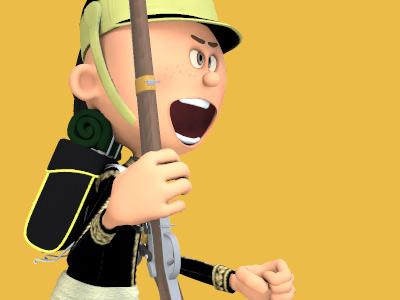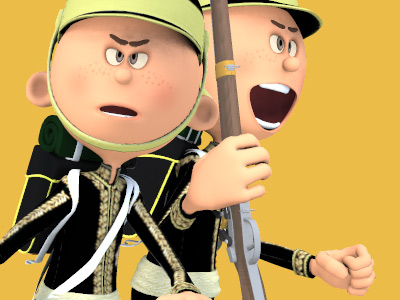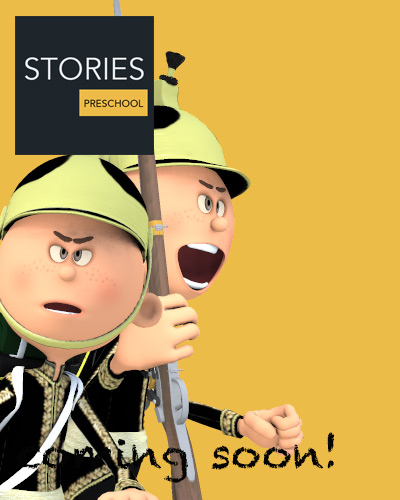Franco-Prussian War (1870 to 1871)
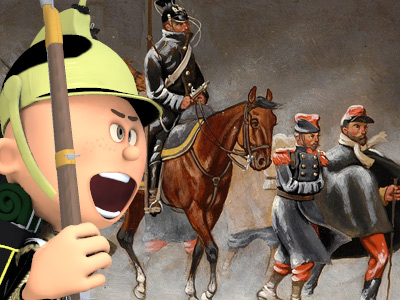
Opposing Forces
France
The French Army consisted in peacetime of approximately 400,000 soldiers, some of them regulars, others conscripts who until 1869 served the comparatively long period of seven years with the colours. Some of them were veterans of previous French campaigns in the Crimean War, Algeria, the Franco-Austrian War in Italy, and in the Franco-Mexican War. However, following the "Seven Weeks War" between Prussia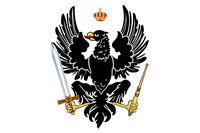 The Kingdom of Prussia was a German kingdom that constituted the state of Prussia between 1701 and 1918. It was the driving force behind the unification of Germany in 1871 and was the leading state of the German Empire until its dissolution in 1918. Although it took its name from the region called Prussia, it was based in the Margraviate of Brandenburg. Its capital was Berlin. and Austria
The Kingdom of Prussia was a German kingdom that constituted the state of Prussia between 1701 and 1918. It was the driving force behind the unification of Germany in 1871 and was the leading state of the German Empire until its dissolution in 1918. Although it took its name from the region called Prussia, it was based in the Margraviate of Brandenburg. Its capital was Berlin. and Austria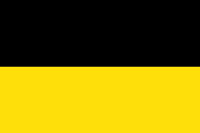 Austrian Empire was a Central-Eastern European and multinational great power from 1804 to 1867, created by proclamation out of the realms of the Habsburgs. During its existence, it was the third most populous monarchy in Europe after the Russian Empire and the United Kingdom. Along with Prussia, it was one of the two major powers of the German Confederation. The empire was proclaimed by Francis II in 1804 in response to Napoleon's declaration of the First French Empire. four years earlier, it had been calculated that the French Army could field only 288,000 men to face the Prussian Army when potentially 1,000,000 would be required.
Austrian Empire was a Central-Eastern European and multinational great power from 1804 to 1867, created by proclamation out of the realms of the Habsburgs. During its existence, it was the third most populous monarchy in Europe after the Russian Empire and the United Kingdom. Along with Prussia, it was one of the two major powers of the German Confederation. The empire was proclaimed by Francis II in 1804 in response to Napoleon's declaration of the First French Empire. four years earlier, it had been calculated that the French Army could field only 288,000 men to face the Prussian Army when potentially 1,000,000 would be required.
Under Marshal Adolphe Niel, urgent reforms were made. Universal conscription (rather than by ballot, as previously) and a shorter period of service gave increased numbers of reservists, who would swell the army to a planned strength of 800,000 on mobilisation. Those who for any reason were not conscripted were to be enrolled in the Garde Mobile, a militia with a nominal strength of 400,000. However, the Franco-Prussian War broke out before these reforms could be completely implemented. The mobilisation of reservists was chaotic and resulted in large numbers of stragglers, while the Garde Mobile were generally untrained and often mutinous.
French Second French Empire was the 18-year Imperial Bonapartist regime of Napoleon III from 14 January 1852 to 27 October 1870. The Second Empire is given high credit for the rebuilding of Paris with broad boulevards, striking public buildings, and elegant residential districts for upscale Parisians. In international policy, Napoleon III tried to emulate his uncle Napoleon I, engaging in numerous imperial ventures around the world as well as several wars in Europe. infantry were equipped with the breech-loading Chassepot rifle, one of the most modern mass-produced firearms in the world at the time. With a rubber ring seal and a smaller bullet, the Chassepot had a maximum effective range of some 1,500 metres (4,900 ft) with a short reloading time. French tactics emphasised the defensive use of the Chassepot rifle in trench-warfare style fighting—the so-called feu de bataillon. The artillery was equipped with rifled, muzzle-loaded La Hitte guns. The army also possessed a precursor to the machine-gun: the mitrailleuse, which could unleash significant, concentrated firepower but nevertheless lacked range and was comparatively immobile, and thus prone to being easily overrun. The mitrailleuse was mounted on an artillery gun carriage and grouped in batteries in a similar fashion to cannon.
Second French Empire was the 18-year Imperial Bonapartist regime of Napoleon III from 14 January 1852 to 27 October 1870. The Second Empire is given high credit for the rebuilding of Paris with broad boulevards, striking public buildings, and elegant residential districts for upscale Parisians. In international policy, Napoleon III tried to emulate his uncle Napoleon I, engaging in numerous imperial ventures around the world as well as several wars in Europe. infantry were equipped with the breech-loading Chassepot rifle, one of the most modern mass-produced firearms in the world at the time. With a rubber ring seal and a smaller bullet, the Chassepot had a maximum effective range of some 1,500 metres (4,900 ft) with a short reloading time. French tactics emphasised the defensive use of the Chassepot rifle in trench-warfare style fighting—the so-called feu de bataillon. The artillery was equipped with rifled, muzzle-loaded La Hitte guns. The army also possessed a precursor to the machine-gun: the mitrailleuse, which could unleash significant, concentrated firepower but nevertheless lacked range and was comparatively immobile, and thus prone to being easily overrun. The mitrailleuse was mounted on an artillery gun carriage and grouped in batteries in a similar fashion to cannon.
The army was nominally led by Napoleon III, with Marshals Francois Achille Bazaine and Patrice de Mac-Mahon in command of the field armies. However, there was no previously arranged plan of campaign in place. The only campaign plan prepared between 1866 and 1870 was a defensive one.
Germans
The Prussian Army was composed not of regulars but conscripts. Service was compulsory for all men of military age, and thus Prussia and its North and South German allies could mobilise and field some 1,000,000 soldiers in time of war. German tactics emphasised encirclement battles like Cannae and using artillery offensively whenever possible. Rather than advancing in a column or line formation, Prussian infantry moved in small groups that were harder to target by artillery or French defensive fire. The sheer number of soldiers available made encirclement en masse and destruction of French formations relatively easy.
The army was still equipped with the Dreyse needle gun of Battle of Königgrätz fame, which was by this time showing the age of its 25-year-old design. The rifle had a range of only 600 m (2,000 ft) and lacked the rubber breech seal that permitted aimed shots. The deficiencies of the needle gun were more than compensated for by the famous Krupp 6-pounder (3 kg) steel breech-loading cannons being issued to Prussian artillery batteries. Firing a contact-detonated shell, the Krupp gun had a longer range and a higher rate of fire than the French bronze muzzle loading cannon, which relied on faulty time fuses.
The Prussian army was controlled by the General Staff, under Field Marshal Helmuth von Moltke. The Prussian army was unique in Europe for having the only such organisation in existence, whose purpose in peacetime was to prepare the overall war strategy, and in wartime to direct operational movement and organise logistics and communications. The officers of the General Staff were hand-picked from the Prussian Kriegsakademie (War Academy). Moltke embraced new technology, particularly the railroad and telegraph, to coordinate and accelerate mobilisation of large forces.
HISTORY
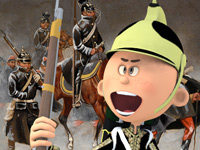
RESOURCES
This article uses material from the Wikipedia article "Franco-Prussian War", which is released under the Creative Commons Attribution-Share-Alike License 3.0.
© Stories Preschool. All Rights Reserved.
